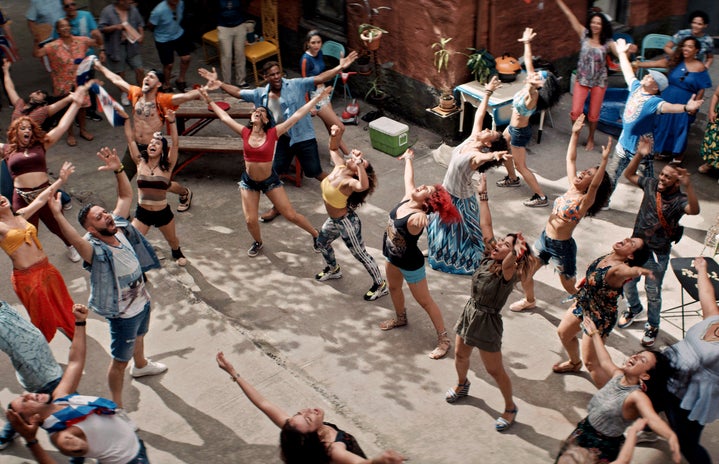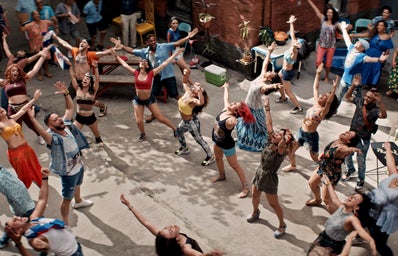When I think of arts and culture, I’m always thankful for the countless opportunities I’ve been given to be able to experience the best of both worlds. Since I was about the ripe age of 4 I was put into dance classes. I started out with classic Tap, then after watching the iconic Barbie and the 12 Dancing Princesses movie, I started ballet. Although as someone who isn’t a very girly girl, I came to later learn that hip hop had more of a kick to it, and was definitely something suited for me. Throughout my years of dance, I ended up doing all the five styles that are common within the North American dance realm: tap, hip hop, ballet, jazz, and lyrical/contemporary. However, I did end up venturing out to others as well.
This is where the cultural aspect comes into play. As I’m sure it’s very well known, almost every culture has their style of traditional dancing and like I said, I was lucky enough to be able to immerse myself in various traditional dance styles. The first one I tried out was Irish dance, which is a pretty common one in terms of non-Irish people doing it. I honestly really liked that one but the studio I was dancing with moved so that dream was quickly crushed. Then I decided to try out a warmer climate and do Polynesian dance. This style was really fun to me since it was similar to hula dancing, but what I loved most about it was that each dance performed always told a story. One of the dances I had learned and performed at various events such as Carousel of Nations told a story about how the men would go out and catch the fish and how the ocean would provide. I think I was just so intrigued by the storytelling aspect because I genuinely do find dance a language in itself. So seeing how each movement represented certain things or tasks in the story was fascinating from a creativity standpoint. Then, later I decided to try out a Filipino traditional dance called “tinikling”. To give you a short description, basically you take two long bamboo sticks and lay them on the ground parallel to one another. Then two people hold the sticks, having one person on each end (one end of the sticks in each hand). They then tap the large sticks twice on the ground and then once together to hit the other stick. Now where the dancing comes in is that a third or fourth person does various dance steps that fit a 1, 2 count in the middle of the bamboo sticks and a third count for them to jump out before the bamboo sticks close (don’t want any squished ankles). This particular style relied very heavily on rhythm, and of course the absolute fear of having an ankle smashed in by bamboo. I really enjoyed this style mainly since it was my own culture that I was getting in touch with, but I also really enjoy the constant percussion that’s created from the bamboo taps on the floor and together.
Overall, I really have enjoyed being able to try out so many various styles of dance and being able to experience so many different cultures. But what I find most interesting is how cultural/traditional dances are found globally and from almost every era of time. Personally, I think dance is a language that has no language barrier since everyone can understand a visual story, and I find that harmonious thought just simply beautiful.


